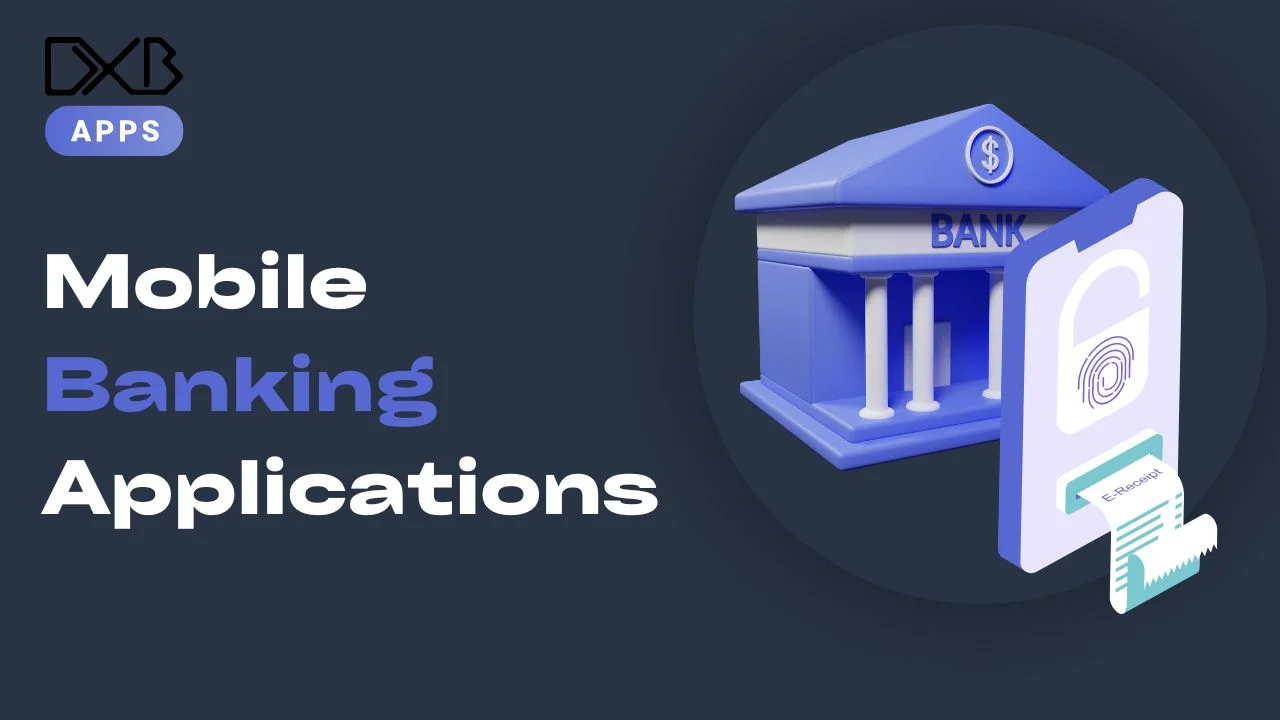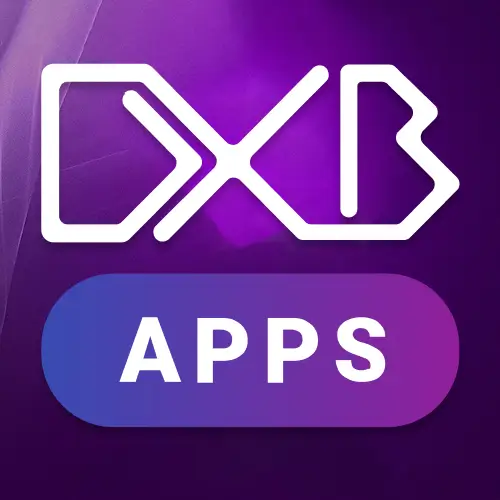Post COVID-19 pandemic, there has been a widespread shift to digital platforms across all industries, making mobile banking applications an essential component of the future of banking. According to the "Thinking with Google" report, roughly six out of ten smartphone users prefer the mobile app of their financial service provider.
Consumers are increasingly selecting banking partners based on their mobile and online banking capabilities as they become more aware of the variety of features offered by various mobile banking apps. 62% of customers now make regular use of banking apps, despite the fact that security concerns continue to exist.
Financial institutions must not only anticipate but also fulfill customer requirements in today's fiercely competitive market. This can only be done by looking at banking from the point of view of the customer, which may be very different from that of the bank.
What do bank customers want, and how are banks responding? If banks truly want to meet their customers' needs, they should include the following innovative features in their mobile banking apps:
1. Which New Mobile Banking Features Are Desired by Users?
1.1 A thorough examination of one's financial situation
Clients' bank and credit card information is frequently shared with multiple services, making it difficult to determine which organizations have access to this information. As a result, banks are integrating quickly to provide customers with a complete financial picture. Users can see the big picture of their financial situation, make quick transfers between accounts, and get personalized advice on how to achieve their financial goals more effectively, all in one place.
1.2 Safety
One of the most private details a person can provide is information about their financial assets. The bank's top priority is to prevent bank fraud and identity theft. Two-factor authentication and biometric identification with a face or fingerprint are two ways to keep your logins and financial transactions safe.
Customers' trust in the security of their financial data is also increased when mobile banking apps allow them to temporarily suspend account access or deactivate payment cards. In fact, 47% of the people who took part in Insider Intelligence's Mobile Banking Competitive Edge study thought that being able to temporarily turn off a payment card was "extremely valuable."
1.3 Adaptive warning procedures
Personalized account alerts are critical as hyper-personalization gains traction in the financial services industry. Banks can now send real-time alerts of account activity to mobile devices to help their customers better manage their finances. In any case, banks should not bombard their customers with notifications. Customers should instead be able to choose how and when they receive push notifications from their banking providers. Customers can choose from a variety of alert formats, including those for potential fraud and direct deposit. Financial institutions may also consider providing tips to clients on money management and mobile banking. Because of this, it is important that mobile banking apps make it easy for users to stop getting unwanted messages.
1.4 New abilities and characteristics
Customers prefer mobile banking because it allows them to spend their money more freely. Customers can deposit paper checks and divide bills using mobile banking apps, among other things. Chime, a fintech company, goes one step further by delivering paychecks to customers two days earlier than banks. They make a deposit on their client's behalf when they notice that their client's employer has initiated direct deposit.
1.5 The user experience's continuity
Mobile banking applications are rapidly replacing the use of physical bank branches for everyday financial transactions. The issue is that not all apps make tasks easier. The fact that 64 percent of customers say banking apps do not solve their problems quickly or at all demonstrates that 64 percent of customers believe banking apps cannot help them. Chatbots and other forms of digital assistance can be beneficial, but only if they are sophisticated enough. Even the most capable among us are limited by certain constraints.
Users prefer digital problem resolution, but they frequently contact customer service when they are unable to find answers to their questions within the app. The banking industry, on the other hand, has a long way to go before providing customers with a truly frictionless experience. If a customer wants to make an online payment, they should be able to do so through the app, receive a text message confirming the transaction, and then contact a person who is aware of the problem via a link in the confirmation text.
Conclusion
As traditional banks invest heavily in expanding the feature set of mobile banking applications, the bar has been significantly raised for businesses of all sizes. According to Insider Intelligence, the number of people who use their bank's digital services exclusively is expected to reach 53.7 million by 2025.
Due to the continued rapid growth of digital channel adoption over the last few years, banks must improve their mobile banking applications to remain competitive. This necessitates ongoing efforts to improve and expand mobile application capabilities. This modernization and digitization effort is ongoing, not a one-time event.









